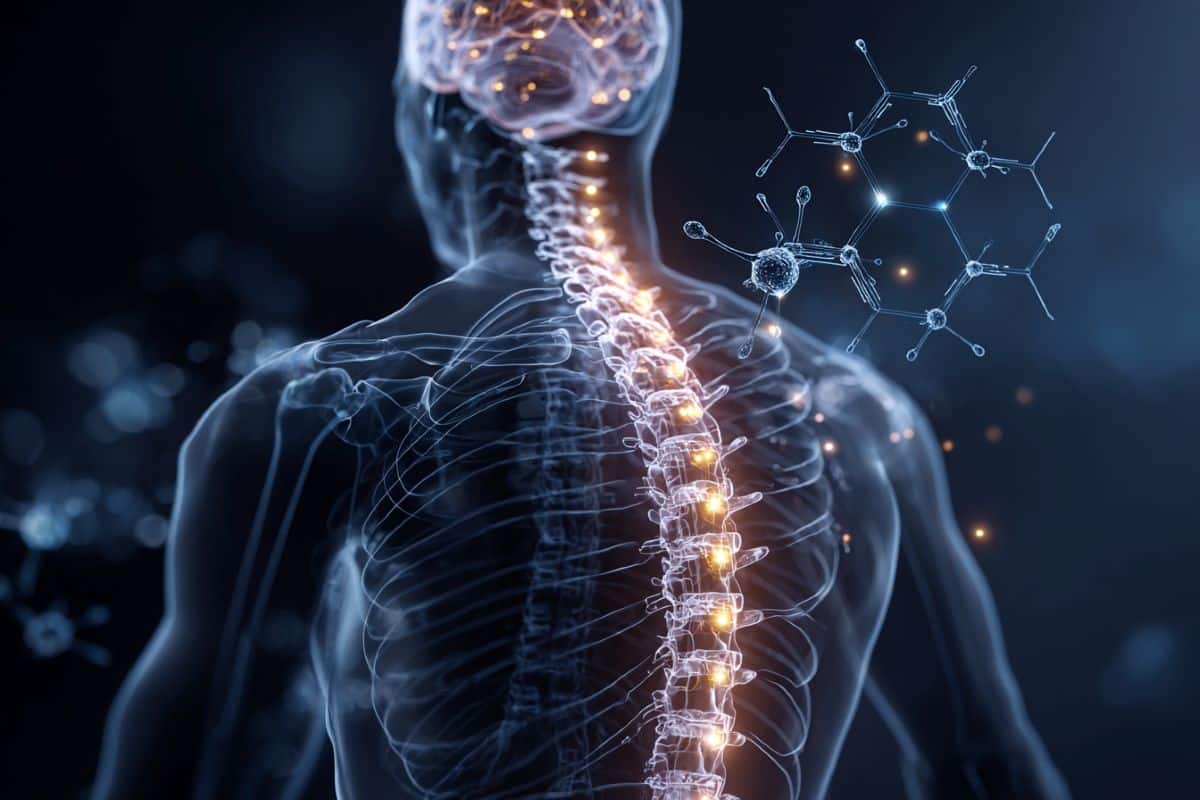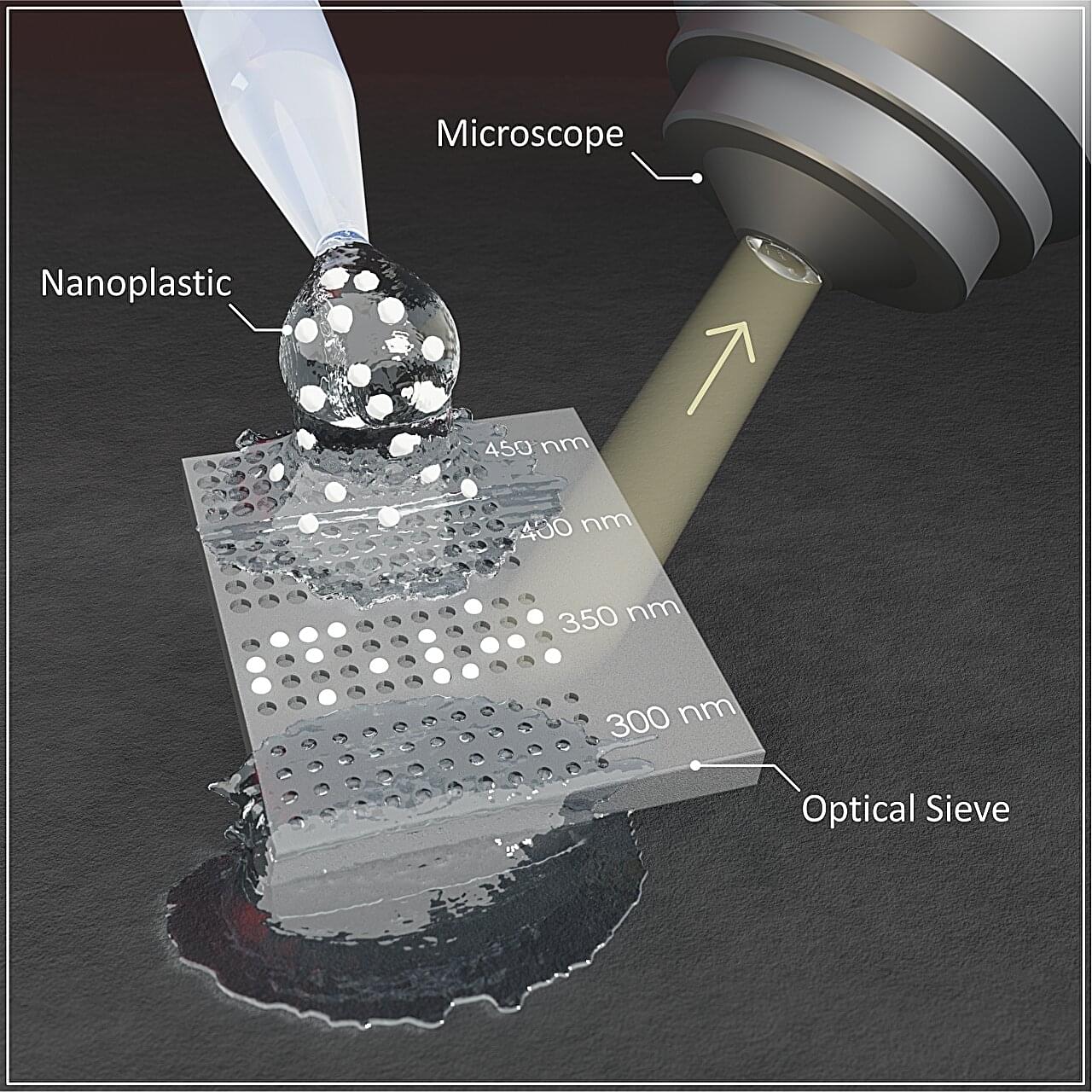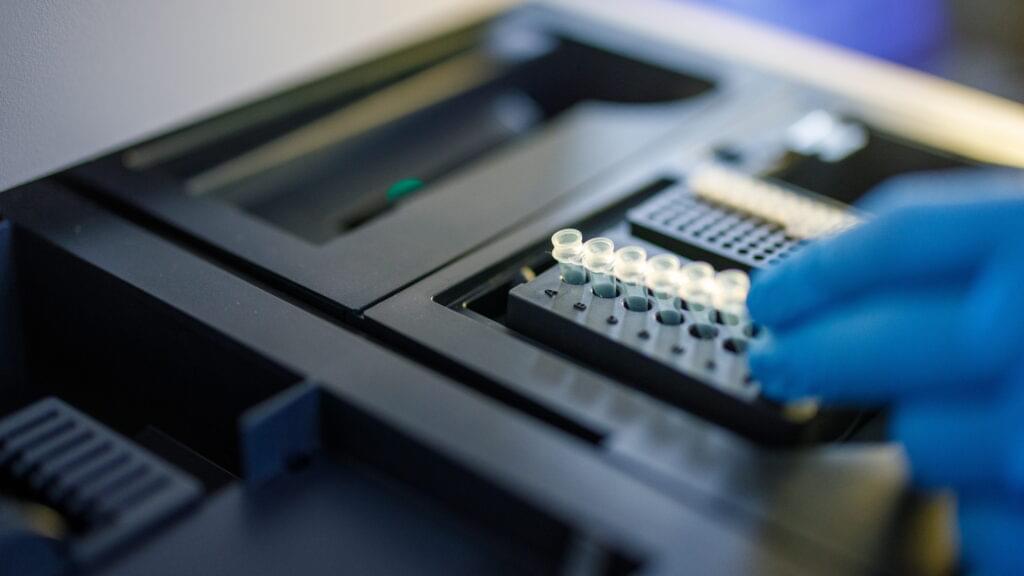Researchers developed a new PET tracer capable of measuring synapse loss after spinal cord injury, offering insights into both spinal and brain changes.





Training LLMs often feels like alchemy, but understanding and optimizing the performance of your models doesn’t have to. This book aims to demystify the science of scaling language models: how TPUs (and GPUs) work and how they communicate with each other, how LLMs run on real hardware, and how to parallelize your models during training and inference so they run efficiently at massive scale. If you’ve ever wondered “how expensive should this LLM be to train” or “how much memory do I need to serve this model myself” or “what’s an AllGather”, we hope this will be useful to you.

Skoltech scientists have devised a mathematical model of memory. By analyzing its new model, the team came to surprising conclusions that could prove useful for robot design, artificial intelligence, and for better understanding of human memory. Published in Scientific Reports, the study suggests there may be an optimal number of senses—if so, those of us with five senses could use a couple more.
“Our conclusion is, of course, highly speculative in application to human senses, although you never know: It could be that humans of the future would evolve a sense of radiation or magnetic field. But in any case, our findings may be of practical importance for robotics and the theory of artificial intelligence,” said study co-author Professor Nikolay Brilliantov of Skoltech AI.
“It appears that when each concept retained in memory is characterized in terms of seven features—as opposed to, say, five or eight—the number of distinct objects held in memory is maximized.”

Ten years after scientists first detected gravitational waves emerging from two colliding black holes, the LIGO-Virgo-KAGRA collaboration, a research team that includes Columbia astronomy professor Maximiliano Isi, has recorded a signal from a nearly identical black hole collision.
Improvements in the detection technology allowed the researchers to see the black holes almost four times as clearly as they could a decade ago, and to confirm two important predictions: That merging black holes only ever grow or remain stable in size—as the late physicist Stephen Hawking predicted—and that, when disturbed, they ring like a bell, as predicted by Albert Einstein’s theory of general relativity.
“This unprecedentedly clear signal of the black hole merger known as GW250114 puts to the test some of our most important conjectures about black holes and gravitational waves,” Isi said.

A joint team from the University of Stuttgart in Germany and the University of Melbourne in Australia has developed a new method for the straightforward analysis of tiny nanoplastic particles in environmental samples. One needs only an ordinary optical microscope and a newly developed test strip—the optical sieve. The research results have now been published in Nature Photonics.
“The test strip can serve as a simple analysis tool in environmental and health research,” explains Prof. Harald Giessen, Head of the 4th Physics Institute of the University of Stuttgart. “In the near future, we will be working toward analyzing nanoplastic concentrations directly on site. But our new method could also be used to test blood or tissue for nanoplastic particles.”
Plastic waste is one of the central and acute global problems of the 21st century. It not only pollutes oceans, rivers, and beaches but has also been detected in living organisms in the form of microplastics. Until now, environmental scientists have focused their attention on larger plastic residues.


